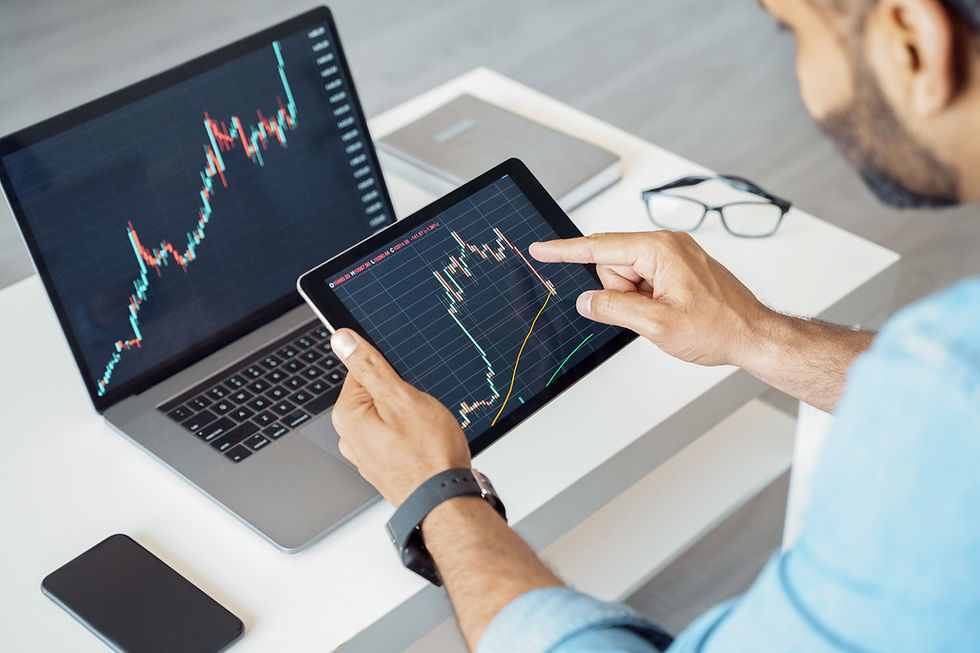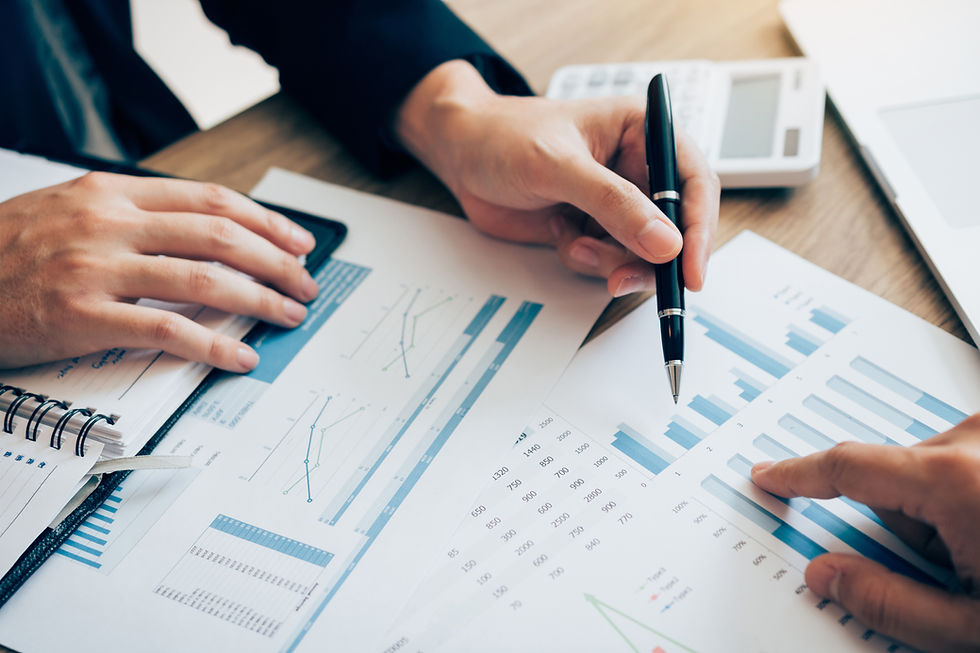Stages of Product Life Cycle
- Feasibility Plus
- Feb 10, 2022
- 4 min read

Product Life Cycle (PLC) essentially describes the stages of a service/product, brand, market or even an offering and is associated with changes in the product’s marketing position. It consists of four stages, namely, introduction, growth, maturity and decline.
PLC Stage 1: Introduction Stage
This is the stage when a new product is launched into the market and is supported by giveaways and advertisements to attract buyers and triers. Since the product is new and untested, the sales begin very slowly and can take time to show big profits.
The basic aim in this stage is to promote the product by connecting with partners, providing samples or trials to key markets and setting up consumer tests.
Strategies such as price skimming (rapid and slow) and price penetration can be used in this phase, where,
rapid skimming is when a product is launched at a high price and a high promotional level, slow skimming is when the product is launched at a high price and low promotional level, rapid penetration is the launching the product at a low price with a lot of promotion and slow penetration is the launching the product at a low price with minimal promotion.
PLC Stage 2: Growth Stage
Also could be termed as the “takeoff stage” because of the increase in demand and rapid expansion of the market. In simple words, a product enters the growth stage if the product can meet the existing market demands by reaching greater audiences. Customer analysis and brand enhancements are made at this stage to better serve the consumers that they have managed to reach so far.
The main aim in this stage is to maximise opportunities that rapidly increase sales, profits and market share.
Some common strategies that can be implemented in the growth stage include improving product quality, skimming prices to increase profits if they are low, increasing distribution channels to cope with the increasing demand, entering new market segments, shifting market messages to product preference from product awareness and also adding new features or support services to keep the market shares growing.
PLC Stage 3: Maturity Stage
A product enters this stage after the sales peak meaning, the market gets saturated and marketing tactics might require a change if one wishes to prolong the life cycle of the product. One could say that firms concentrate on customer retention in this stage in order to maintain the stronghold in the marketplace. Also, the market tends to get saturated with the competing firms in this stage who already entertained the remaining customers of the market, which is why it becomes more necessary to hold on to the loyal customers and the past customers. The competitive rivalry rises a lot as a result of which only the strongest players remain in the market and dominate the stable market which the weaker competitors are forced out of the market. Thanks to this heavy competition all competing firms are seen to spend increasing amounts on marketing to retain brand loyalty.
There are two categories of strategies that could be implemented in this maturity stage, namely, market modification and product modification.
Market modification is where the firm tries to win over the customers of the competition in an attempt to convert the non-users by entering new market segments.
Product modification is where the firm tries to highlight how its product is different from its competitors and other products that are in the market by adjusting and/or improving the features and pricing of their products.

PLC Stage 4: Decline Stage
Firms usually try to prolong the life cycle of products for as long as possible by keeping products at maturity stage, but once the sales of the product start to fall or once the profitability can no longer be maintained as a result of the market entry of substitute products that tend to satisfy the needs of the customers better than the previous ones.
Basically, in this stage, the overcapacity that was prominent in the maturity stage becomes endemic in the decline stage.
One can either choose to discontinue the product from the business’s offerings by either selling the brand to another business or even significantly reducing the product’s price in order to get rid of all the inventory.
But if one wants to save money then one or more of the following strategies can be applied by the firm:
the firm could reduce the promotional expenditure on the products and also reduce the number of distribution outlets selling them, they could either find another use for the product or maintain the product while waiting for the competitors to withdraw from the market before them, implement price cuts to get the customers to buy the product or lastly, harvest the service or product before choosing to discontinue it.
Upon knowing the stages of a product’s life cycle, it is important to even implement it in businesses and real life. One needs to try to foresee the profile of the cycle while taking decisions such as investing, selling, marketing, etc.
If you have any queries please do mention them in the comments section below!

Comments